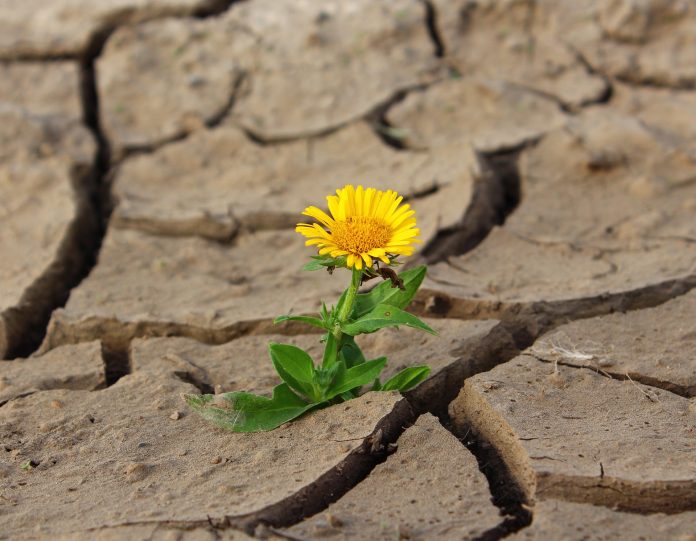Scientists have put forth an intriguing idea to combat the rising levels of carbon dioxide (CO2) in our atmosphere. Instead of solely relying on emissions reduction, they propose a novel approach involving arid lands, like deserts, to serve as effective carbon-capture systems without competing with agricultural land use.
In a recent opinion piece published in the journal Trends in Plant Science on September 21, a group of plant experts shared their vision. They contend that by optimizing the health of arid ecosystems, enhancing photosynthesis, and increasing root biomass, we can engineer specific combinations of plants, soil microbes, and soil types. These combinations can trigger a natural process known as the oxalate-carbonate pathway, leading to the formation of carbon storage below ground.
Re-greening the deserts
The team, led by Heribert Hirt, a prominent plant scientist from the King Abdullah University of Science and Technology, suggests that “re-greening deserts by restoring ecosystem functions, including carbon sequestration, should be the preferred approach.” Importantly, this approach doesn’t encroach upon lands needed for agriculture and food production.
The heart of their strategy involves leveraging oxalates, ions containing carbon and oxygen produced by arid-adapted plants. Certain soil microbes use oxalates as their primary carbon source, releasing carbonate molecules into the soil. While carbonate typically breaks down rapidly, when these plant-microbe systems grow in alkaline and calcium-rich soils, the carbonate combines with calcium to form stable calcium carbonate deposits.
Human activities have caused an alarming accumulation of excess CO2 in our atmosphere, which poses a long-lasting climate challenge. The researchers emphasize that even if we manage to reduce CO2 emissions, the climate effects of elevated CO2 will persist for centuries unless we can actively remove it from the atmosphere.
While trees are typically regarded as an excellent means of carbon capture, reforestation competes directly with agricultural land. In contrast, arid lands, constituting roughly one-third of terrestrial surfaces, remain untapped for agriculture.
The challenges of arid ecosystems
Presently, arid ecosystems support limited plant life due to water scarcity. Nonetheless, some plants have adapted to arid conditions by evolving various mechanisms to cope with water scarcity and extreme temperatures. Among these adaptations are unique root systems, alternative photosynthesis methods that minimize water loss during the hottest hours, and the ability to convert oxalates into water during droughts. Some of the carbon from these oxalates gets stored underground as carbon deposits—an aspect the researchers aim to exploit for carbon sequestration.
The scientists estimate that, in this form of carbon sequestration, approximately one out of every sixteen carbon atoms fixed during photosynthesis might be sequestered into carbonates. By enhancing this naturally occurring biogeochemical process in arid lands, it’s possible to transform these unproductive and degraded ecosystems into valuable carbon sinks, complete with healthier soil and plant life.
Growing fertility islands
The authors propose starting with “fertility islands,” small re-greened areas where plants and microbes can thrive and then spread to create a carpet of vegetation. They suggest that, with the right conditions and support, significant increases in both plant and soil carbon sequestration could be achieved in less than a decade. However, they acknowledge that the success and speed of this approach will depend on factors like the rate of plant growth, which tends to be sluggish in water-scarce environments, as well as the availability of financial and political resources to implement this technology in arid regions worldwide.


